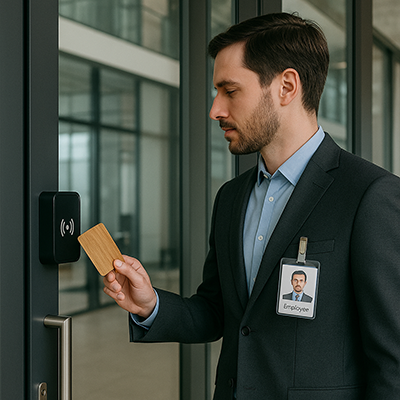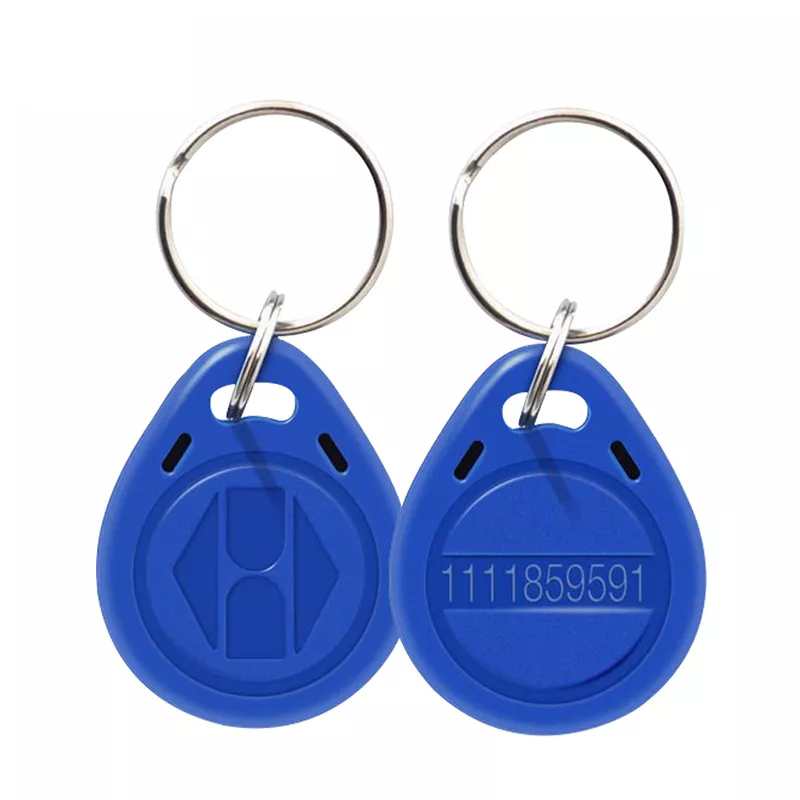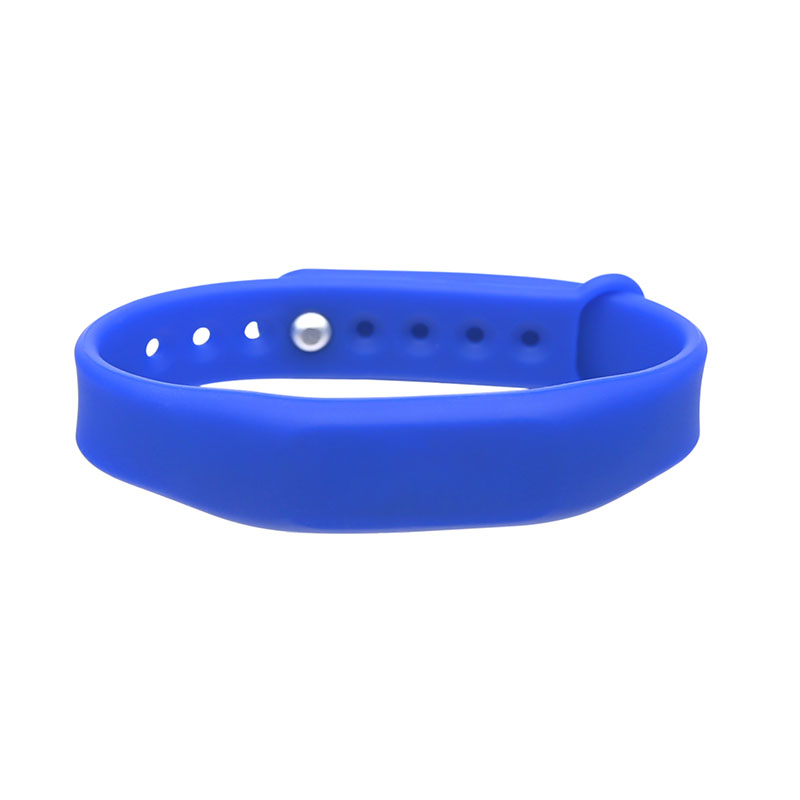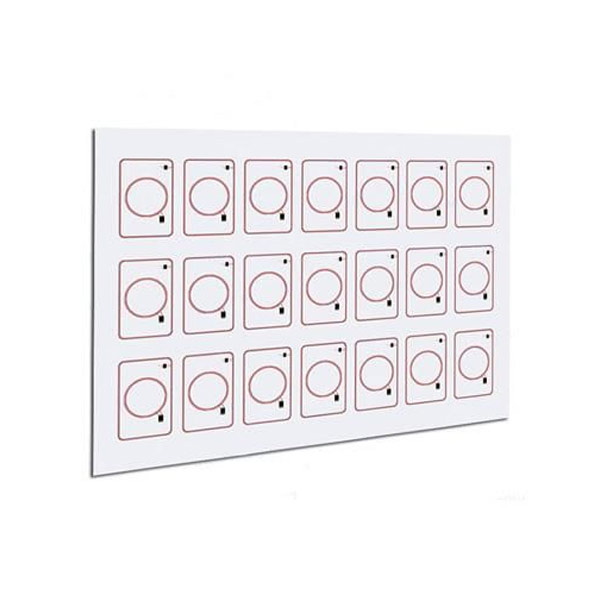As the world steadily shifts towards sustainable development, industries are reimagining everyday products with eco-friendlier alternatives. One such innovation is the RFID wood card — a smart card embedded with a radio-frequency identification (RFID) chip but crafted from sustainably sourced wood instead of conventional plastic. These wooden cards offer the same technological capabilities as their plastic counterparts while promoting environmental responsibility.
RFID wood cards are now gaining popularity across various industries, especially in hospitality, retail, and corporate sectors, where brand image, customer experience, and environmental concerns are of paramount importance.

What Is an RFID Wood Card?
An RFID wood card is a contactless smart card composed of a thin layer of real wood veneer laminated onto a core material that houses an RFID chip and antenna. The wood used is often FSC-certified (Forest Stewardship Council certified), guaranteeing that it comes from responsibly managed forests that provide environmental, social, and economic benefits.
The integrated RFID technology enables these cards to function similarly to traditional RFID plastic cards, allowing for:
Room access in hotels
Cashless payments
Loyalty program management
Identity authentication
Event ticketing
By replacing plastic with wood, businesses can significantly reduce their carbon footprint and enhance their commitment to sustainability.
How RFID Wood Cards Are Made
The production of RFID wood cards is a meticulous process that balances technology integration with material sensitivity:
Wood Selection: High-quality, FSC-certified wood veneers such as bamboo, cherry, walnut, or maple are selected for their durability and aesthetic appeal.
Lamination: The wood veneer is carefully laminated onto a substrate layer that houses the RFID inlay. This substrate is typically made from biodegradable or eco-friendly materials.
Embedding RFID Inlay: An ultra-thin RFID antenna and chip are embedded within the substrate to enable communication with RFID readers.
Cutting and Finishing: The laminated sheets are precision-cut into individual cards. Surface finishing techniques like laser engraving or UV printing are applied to customize the cards with branding elements.
Quality Control: Each card undergoes rigorous testing to ensure RFID functionality, durability, and aesthetic quality.
This blend of craftsmanship and technology ensures that RFID wood cards are both functional and beautiful.
The Key Benefits of RFID Wood Cards
1. Environmental Sustainability
The most compelling advantage of RFID wood cards is their contribution to environmental sustainability:
Reduced Plastic Waste: Traditional PVC cards contribute significantly to plastic pollution. Replacing them with wooden cards helps minimize non-biodegradable waste.
Renewable Resources: FSC-certified wood is a renewable resource, ensuring that forests are responsibly managed and replenished.
Lower Carbon Footprint: Wood processing generally requires less energy compared to plastics, resulting in a lower overall carbon footprint.
2. Enhanced Brand Image
Businesses that adopt eco-friendly practices often enjoy a stronger brand reputation:
Eco-conscious Branding: Offering wooden RFID cards signals a company’s commitment to sustainability, which resonates strongly with environmentally aware consumers.
Luxury Appeal: The natural textures and grain patterns of wood exude sophistication, giving the brand a premium image.
3. Durability and Reliability
Despite common assumptions, high-quality wooden cards are extremely durable:
Resistance to Bending and Cracking: Through careful lamination and material selection, wooden RFID cards resist physical stresses.
Water-Resistant Options: Special finishes can be applied to enhance water resistance, making these cards suitable for various climates and conditions.
Long-lasting RFID Performance: The embedded chips are protected within the card structure, ensuring reliable scanning and data retention over time.
4. Customization Flexibility
Wooden RFID cards can be customized extensively:
Laser Engraving: Intricate logos, names, or patterns can be engraved into the wood surface for a sophisticated effect.
UV Printing: High-quality color prints can be added to enhance branding elements without compromising the natural beauty of the wood.
Choice of Wood Types: Different wood species offer varied aesthetic options, from the light tones of maple to the deep richness of walnut.
RFID Wood Cards vs. Traditional Plastic RFID Cards
Aspect | RFID Wood Cards | Plastic RFID Cards |
Environmental Impact | Eco-friendly, biodegradable | Non-biodegradable, contributes to waste |
Appearance | Unique, natural wood grain | Standard, uniform plastic appearance |
Durability | High with proper lamination | High, but prone to scratches |
Customization | Laser engraving, natural textures | Color printing, limited surface texture |
Cost | Slightly higher due to material | Lower due to mass plastic production |
While the upfront cost of wood RFID cards may be slightly higher, the value they bring in terms of sustainability and brand differentiation is significant.

Applications of RFID Wood Cards
1. Hospitality Industry
Hotels and resorts are at the forefront of adopting RFID wood cards. These cards are used for:
Room Access: Guests use wooden key cards for contactless entry.
Cashless Payments: Guests can pay for services within the property using their RFID cards.
Membership and Loyalty Programs: Enhance guest loyalty by integrating rewards into sustainable, stylish cards.
Notably, eco-resorts and boutique hotels use wooden cards as part of their overall sustainable ethos, offering a consistent brand experience aligned with green tourism trends.
2. Corporate and Business Use
Corporations use RFID wood cards for:
Employee Identification: Secure access to office buildings.
Event Badges: Sustainable and stylish event passes or VIP badges.
Corporate Gifting: As eco-friendly promotional items that align with CSR (Corporate Social Responsibility) initiatives.
3. Retail and Loyalty Programs
Retail brands are increasingly integrating RFID wood cards into:
Loyalty Programs: Reward programs linked with eco-conscious cards.
Membership Cards: High-end memberships represented through elegant wooden cards.
Luxury retail brands, in particular, find wood cards attractive for reinforcing premium branding.
4. Events and Festivals
Organizers of green events and music festivals use RFID wood cards for:
Cashless Transactions: Reducing physical currency handling.
Access Control: Ensuring smooth entry and tracking attendee flow.
By using wood cards, events align with sustainable event management practices.
Challenges and Considerations
While RFID wood cards offer numerous advantages, there are certain challenges to consider:
Higher Initial Cost: The production costs are higher than mass-produced plastic cards.
Production Time: Customization and sustainable material sourcing can extend production lead times.
Moisture Sensitivity: Though treated for water resistance, extreme exposure to moisture can affect wooden cards more than plastic ones.
However, for brands prioritizing sustainability and differentiation, these challenges are minor compared to the long-term benefits.
Why Choose FSC-Certified RFID Wood Cards?
The FSC (Forest Stewardship Council) certification ensures that the wood used comes from responsibly managed forests. Choosing FSC-certified RFID wood cards guarantees:
Environmental Protection: Forest ecosystems are preserved.
Social Benefits: Indigenous communities and workers’ rights are respected.
Credibility: Certification is internationally recognized and trusted by consumers.
For businesses aiming to meet ESG (Environmental, Social, and Governance) targets, FSC certification adds substantial value.
Future Trends: The Evolution of RFID and Sustainable Materials
As technology advances, so too does the potential for sustainable RFID solutions:
Biodegradable RFID Chips: Research is underway into RFID chips made from organic or biodegradable materials.
Blockchain Integration: Combining RFID with blockchain can enhance transparency in sustainable supply chains.
Smart Eco-Cards: Cards that combine smart features (e.g., biometric security) with eco-friendly materials will become increasingly popular.
Companies that invest early in sustainable innovations like RFID wood cards are better positioned to meet future market expectations and regulatory requirements.
Conclusion
RFID wood cards represent a seamless fusion of technology, sustainability, and style. They offer businesses across hospitality, retail, corporate, and event industries an opportunity to stand out while contributing positively to the planet. With consumer awareness and environmental regulations both rising, adopting eco-friendly solutions is not just an option — it's becoming a business imperative.
Choosing FSC-certified RFID wooden cards is a smart, future-proof investment that resonates with customers' values, strengthens brand reputation, and showcases a commitment to a greener tomorrow.
If you are ready to elevate your brand while making a sustainable impact, RFID wood cards could be the perfect step forward.
Why choose us?
Established in 2010 – Over a decade of RFID experience
Full customization – RFID cards, wristbands, key fobs, and smart devices
High quality – ISO-compliant materials (ISO 14443, ISO 15693)
Secure solutions – Encrypted protocols and data protection
Flexible scalability – From startups to enterprise-level projects
Contact us today to learn how we can help streamline your inventory management with reliable, smart RFID solutions.






